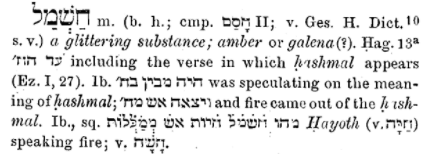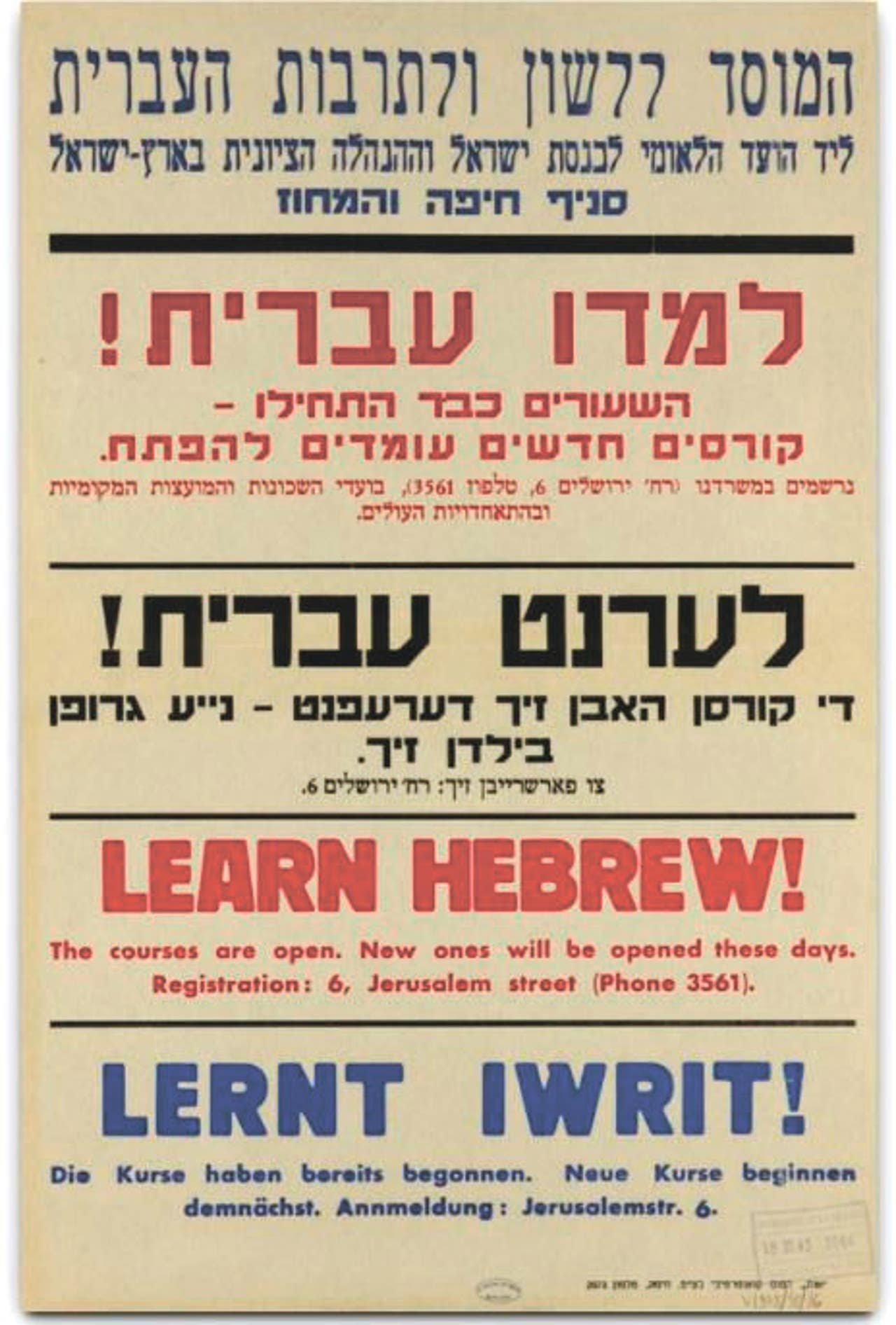Over the next one hundred and twenty-one pages, we will be studying Yevamot. The tractate discusses levirate marriage, in which a man marries his deceased brother’s wife. Levirate marriage (from the Latin, levir, meaning a husband's brother) is only practiced when there had been no children from the union of the first brother and his wife. The Torah is very clear about the reason for the law:
וְהָיָ֗ה הַבְּכוֹר֙ אֲשֶׁ֣ר תֵּלֵ֔ד יָק֕וּם עַל־שֵׁ֥ם אָחִ֖יו הַמֵּ֑ת וְלֹֽא־יִמָּחֶ֥ה שְׁמ֖וֹ מִיִּשְׂרָאֵֽל׃
The first child that she bears shall be accounted to the dead brother, that his name may not be blotted out in Israel
Marc Chagall, Ruth at the Feet of Boaz, 1960. Lithograph, Musée Biblique Marc Chagall, France.
Levirate Marriage - it’s not just for the Jews
The custom of levirate marriage is hardly unique to Judaism, and forms of it are (or were) practiced in many other cultures. Here are just a few:
In the Code of Hammurabi
According to the late scholar of Judaism Father Roland Guérin de Vaux (1903-1971), lots of cultures that predated or were contemporary with early Israelite culture also had a form of levirate marriage. Here is an excerpt from his book Ancient Israel:
In Mongol Culture and in Yuan China
As Bettine Birge explained in her fascinating paper, in Mongol culture the rights to a woman’s person were were transferred to a groom's family in return for a payment. In addition, brides could also be obtained by capture, or by inheritance from an older male relative. She goes on to explain that this was the Mongol form of levirate marriage:
This background in important in understanding what happened in China, where the practice of levirate marriage was originally abhorred. Indeed, sexual relations between a widow and any of her husband's relatives was considered to be incest. However, during the Yuan dynasty of the thirteenth century, previous Chinese codes were abolished, and the ruler Kublai Khan decreed that any man had the right to take his father's wife or an older sister-in-law in levirate marriage.As Birge pointed out, Kubilai's decree was a sharp break with the policies of his government up to that time, and was inconsistent with his usual tolerance of indigenous customs. The whole thing was very confusing. “Over the next few years,” she wrote, “there was disagreement between different courts over the application of levirate law. Some lower courts continued to reject levirate marriage on the basis of Chinese laws, while official of the central long-standing government harshly enforced the 1271 edict.” In 1294 Kublai Khan died and was succeeded by his grandson Temur, who moved away from some of the policies of his zaide. As a result, new restrictions were placed on the rules of levirate marriage, and by 1330 all forms of the practice were outlawed for the Chinese, although by then there was already a trend moving in this direction.
“Among those for whom it is not their original custom, it is an offense for a man to take his elder sister-in-law or a son to take his father’s secondary wives in a levirate union.”
In Yoruba Culture
The Yoruba are a west African ethnic group, with members in Nigeria, Benin and Togo. According to Samson and Olesugun Olanisebe of the Department of Religious Studies at Obafemi Awolowo University in Nigeria, the Yoruba practice a form of levirate marriage. It goes like this:
After the death of her husband, the widow goes through the mourning period to sever the bond between her and her dead husband. The period of mourning is about 3 months during which the widows must stay indoors to observe the mourning rites. They are not allowed to do anything that will take them out, but they have to keep themselves occupied with domestic work…. widowhood practices amongst the Yoruba is performed for various reasons such as the protection of the woman from being harmed by the spirit of her dead husband, to prove the innocence of the woman as regards the death of the husband and for the family to ascertain if the woman has been pregnant before the death of her husband so that they may claim responsibility for the pregnancy.
After the mourning, the widow who is qualified for re-marriage within the family would be allowed to choose one of the younger brothers of her deceased husband. There are some criteria that the widow must meet before being allowed to re-marry. These include the fact that she must be young and active for procreation, she must not have been found active in any amoral acts and she should not have been having illicit affairs before the death of her husband. The brother that is to marry the widow must also meet certain criteria such as the fact that he must be of the same family of the dead person, he must be younger than the dead husband, the relationship with the dead husband must have been cordial whilst the latter was alive, there must not have been any reported case of an illicit affair with the widow before her husband’s death and he must not have been found to have any connection with the death of his brother…
The issue of widow’s inheritance or remarriage is a decision which, in Yorubaland, belongs solely to the woman. The woman may decide to accept or reject the position of taking another husband.
In Zulu and in Dinka Culture
Levirate marriage is practiced by other ethnicities in Africa. In Zulu culture, “whenever a woman fails to give birth or is infertile, the husband’s family would find another woman who can produce children for the family, either through marriage or by using the infertile woman’s sister as surrogate.” And if a husband died before fathering a child “the levirate custom can be used to remedy the situation. Since it is culturally unacceptable for a man to die childless, if a man dies without a wife, the family would arrange a wife for one of his brothers on his behalf to perpetuate his name. The children born from such a union then belong to the deceased brother…in some Zambian communities, a levirate marriage is regarded as a form of sexual act of ritual cleansing for the widow who is to be inherited or wedded. ”
And among the Dinka, the largest ethnic group in Southern Sudan, levirate marriage is still practiced, “largely because the acquisition of many wives is important for the Dinka socioeconomic life style.” Here is how Stephanie Beswick described the custom:
In Dinka society a prospective husband pays bridewealth in cattle,often via a bidding system controlled by the prospective father-in- law. The highest bidder usually acquires the woman, and the bridewealth is made in a series of payments over an extended period of time.Under the system of levirate marriage, if a man dies before having paid all the bridewealth one of his brothers acquires the widow and continues making payments to the woman's family. Thus, a woman's procreative capabilities are never"wasted," and she is never without a husband to care for her and her children.
“Many wives shall bring forth many daughters, who shall be married in return for great numbers of cattle”
Posthumous Reproduction and Yibum in Modern Israel
As we have seen, levirate marriage crosses many different cultures and has been practiced for centuries. The levirate marriage Boaz performed with Ruth took place somewhere between 1,300 BCE and 1,100 BCE, which makes it at least three thousand years old. But there are very modern questions that surround this ancient custom. Here’s one: what happens if a married man died without children, but left frozen sperm that can impregnate his wife. If she conceives a child, is she still subject to the laws of yibum?
This case of posthumous reproduction was discussed in a paper by Avishalom Westreich published in the Journal of Law and the Biosciences in 2019. The paper (which won the prize for outstanding papers presented at the World Congress on Medical Law and Bioethics in 2018!) discusses how new technology affects religious laws and describes the Israeli debate over the posthumous sperm retrieval of fallen soldiers and their equivalents in the Jewish discussion of the early ‘forefather’ of this technology: levirate marriage. Westreich cited a responsum of the late Rabbi Zalman Nechemia Goldberg, who first framed his approach to the halakhic decision making process:
We note that according to Jewish law we need a reason to forbid, and without such a reason the natural situation is to permit. In this regard, relevant also is the fact that the Torah afforded great importance to the human desire to leave a name and remembrance in the world, as we can learn from the laws of levirate marriage.
Consequently, Rabbi Goldberg ruled that posthumous sperm retrieval should not be prohibited. Indeed it should be encouraged, because of “the natural desire for procreation, ‘to leave a name and remembrance’, which was the basis for the laws of levirate marriage.” In December 2016, the Israeli Supreme Court issued a decision which acknowledged that the right to procreate also applies to posthumous fertilization.
The question of whether the ensuing child would legally count as belonging to the deceased is the topic of halakhic debate. Rabbi Moshe Sternbuch thought it did not. “Where the fetus was conceived from sperm after the sperm-owner’s death, the sperm-owner cannot become his father, because it is impossible for a dead person to become a father.” Others, like the late Rabbi Shlomo Zalman Auerbach disagreed, and ruled that posthumous reproduction should be viewed as but a variant of the normal parent–child relationship. As such, it was subject to all the normal laws of inheritance, and should be viewed as complying with the religious commandment of ‘Be fruitful and multiply.’
Yevamot - a Sneak Preview
The tractate Yevamot, which we begin today, is full of fascinating material. Here on Talmudology will be discussing, among other things, the dangers of breastfeeding while pregnant, how Rava was the first person to report a scientific association between obesity and delayed puberty, how the Talmud thought that twins are formed, how to treat snake bites, and whether marriage can make you happier. And we will kick off with the debate in Victorian England about marrying a dead wife’s sister. So grab a Talmud and strap in. We are in for some treats.

















